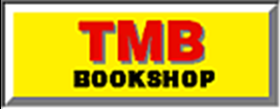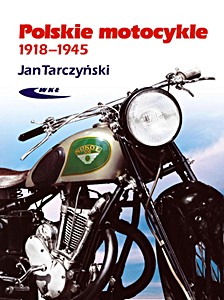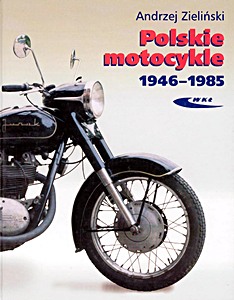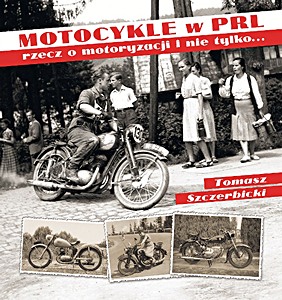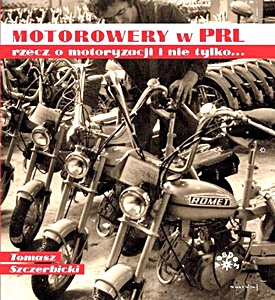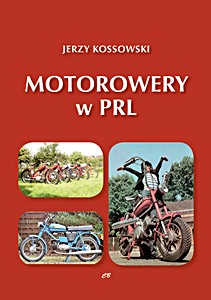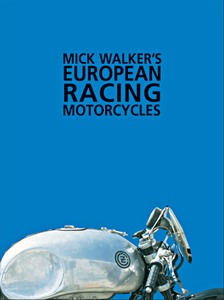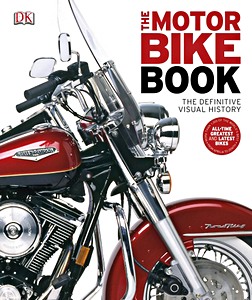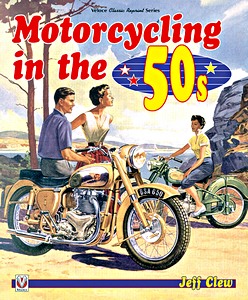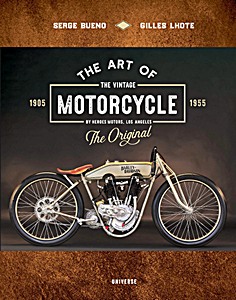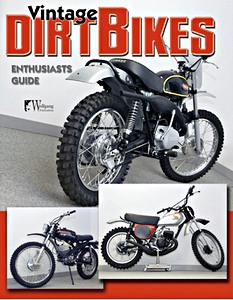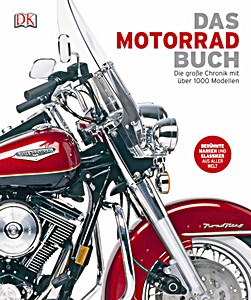Motorräder des Ostblocks - Bulgarien, Polen, Sowjetunion 1945-1990 (Typenkompass)
It was not only MZ and Simson that drove in the former GDR: in the course of so-called compensation deals, vehicles were repeatedly imported from Eastern Bloc countries.
Since the GDR was given sovereignty over motorcycle construction up to 250 cc by the CMEA states, the CZ and Pannonia, the CZ and Ural were hardly to be found on the road, but all the more so in the countries of origin.
![Pages of the book [TK] Motorrader des Ostblocks: BG, PL, SU 1945-1990 (1)](../afb/details/PP03874.jpg)
In his usual meticulous manner and extensively documented in numerous, often historical photos, Frank Rönicke offers a comprehensive overview of two-wheeler production in the Eastern Bloc in this Typenkompass.
Product details
| Author: | Frank Rönicke |
|---|---|
| Details: | 120 pages, 8.1 x 5.5 in (20.5 x 14 cm), paperback |
| Illustrations: | 29 b&w and 90 color photos |
| Publisher: | Motorbuch Verlag (D, 2016) |
| Series: | Typenkompass |
| ISBN: | 9783613038745 |
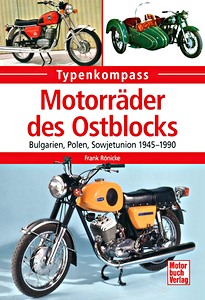
Motorräder des Ostblocks - Bulgarien, Polen, Sowjetunion 1945-1990
Language: German
Available on Amazon - safe payment and fast delivery
Buy on Amazon.comBuy on Amazon UK
Buy on Amazon CA
